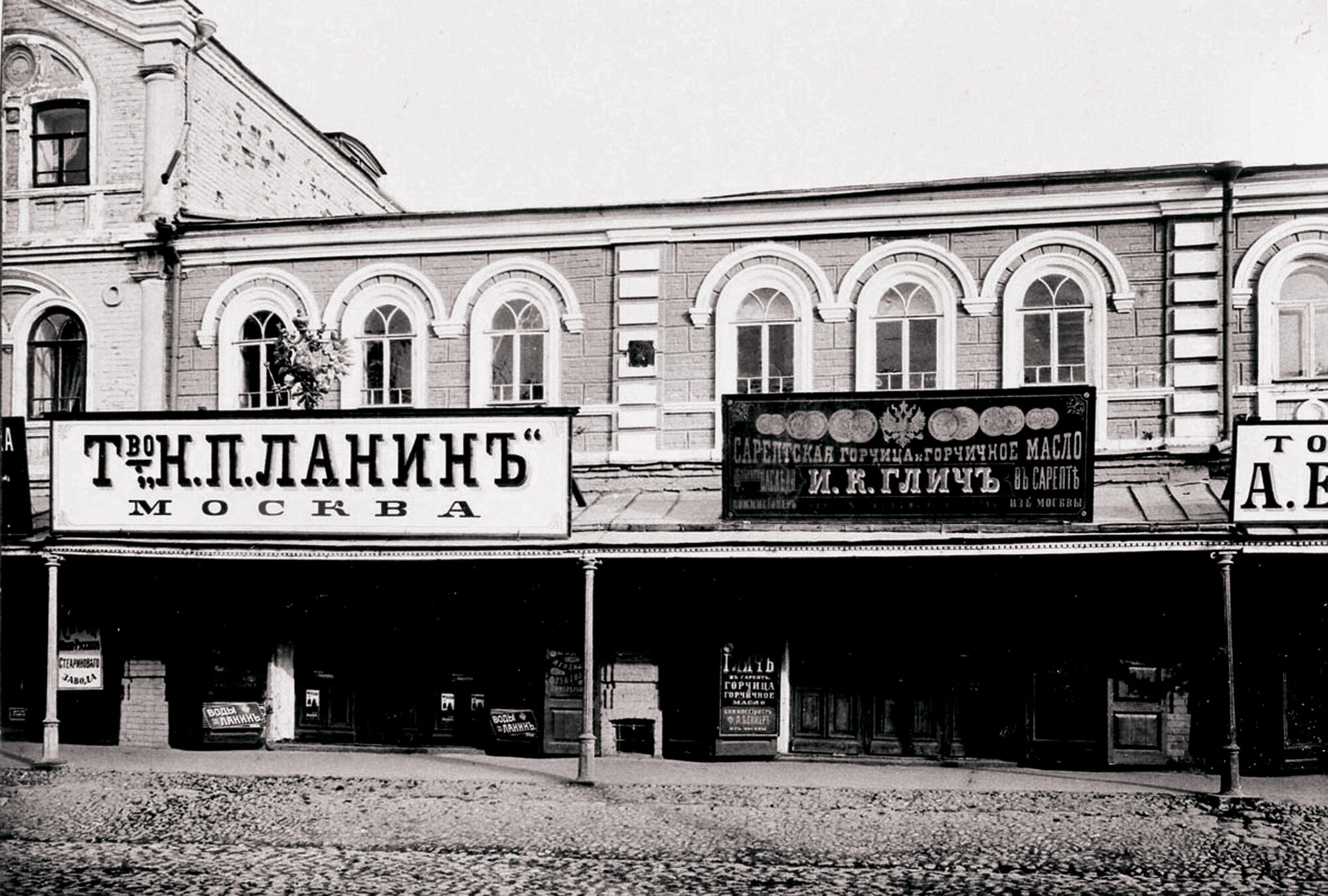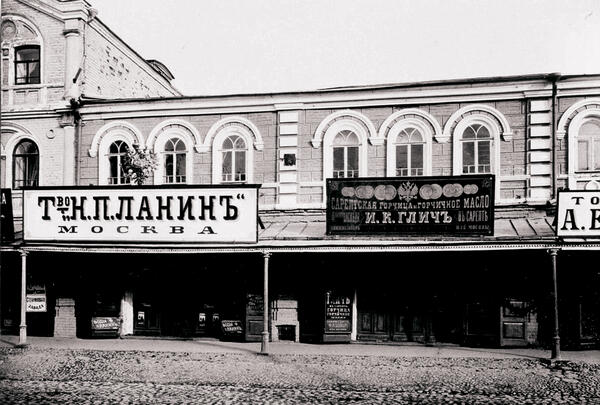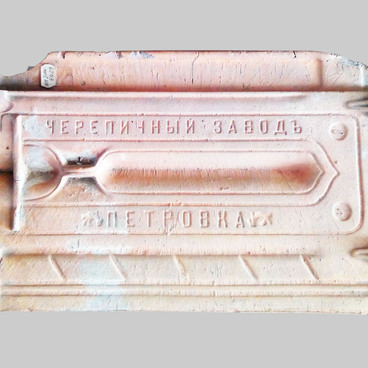This photo shows ‘J.K. Glitch’ trading house store in Moscow on Lubyanka. The photograph was donated to the museum-reserve by German pastor Karl Eugen Langerfeld. The store sold Sarepta products - mustard powder, prepared mustard and mustard oil.
Mustard production has brought fame to Sarepta in the country and the world. Here the Glitch family founded the first industrial production of mustard products in Russia. The Glitches were not the only, but the leading mustard producers in the town.
Repeatedly upgrading the equipment, improving processing technology and expansion of production volumes, Johannes Glitch and his heirs managed to turn the Sarepta Mustard Factory into a manufacturer of standard products. They created a kind of brand of Sarepta - Sarepta mustard, which is known by this name in Russia and in some other countries.
In 1859, ‘Heirs of J.K.Glitch’ firm gained the highest right to be called the Supplier of the Court of His Imperial Majesty. By the middle of the 19th century, the annual production at the Glitch factory had grown to 100 tons of oil and up to 250 tons of mustard powder. In 1915, the annual turnover at the Glitch plant was 162,000 rubles.
Sarepta mustard oil, prepared mustard and powder were, as the buyers admitted, better than imported olive and olive oils, prepared English and French mustard. The products of the Glitch factory were sold in St. Petersburg, Moscow, in the Volga cities, exported to the USA, England, Denmark, Persia, China.
The German colonists of Sarepta were Hernguters. Hernguter are the followers of one of the movements in Protestantism. Hernguter’s ideal has always been not only a missionary, but also a merchant and artisan. The trade in high-quality manufactory and handicraft products was supposed to facilitate the Christianization of the peoples of the southeast of Russia: among Kalmyks, Bukey Kazakhs, Tatars, Caucasus mountaineers and others.
At the first stage the colonists focused on trade mainly with neighboring Kalmyks. But already in 1765-1766, trade relations between Sarepta and Tsaritsyn, Astrakhan, Saratov, Dubovka, Moscow, St. Petersburg, and Ukraine began.
The Imperial Decree of Emperor Paul I of June 20, 1796 bestowed upon the community of Sarepta the right to “carry out internal and external trade with payment of tariffs.” Sarepta merchants could not join the Russian merchant class, they were exempted from taxes.
Mustard production has brought fame to Sarepta in the country and the world. Here the Glitch family founded the first industrial production of mustard products in Russia. The Glitches were not the only, but the leading mustard producers in the town.
Repeatedly upgrading the equipment, improving processing technology and expansion of production volumes, Johannes Glitch and his heirs managed to turn the Sarepta Mustard Factory into a manufacturer of standard products. They created a kind of brand of Sarepta - Sarepta mustard, which is known by this name in Russia and in some other countries.
In 1859, ‘Heirs of J.K.Glitch’ firm gained the highest right to be called the Supplier of the Court of His Imperial Majesty. By the middle of the 19th century, the annual production at the Glitch factory had grown to 100 tons of oil and up to 250 tons of mustard powder. In 1915, the annual turnover at the Glitch plant was 162,000 rubles.
Sarepta mustard oil, prepared mustard and powder were, as the buyers admitted, better than imported olive and olive oils, prepared English and French mustard. The products of the Glitch factory were sold in St. Petersburg, Moscow, in the Volga cities, exported to the USA, England, Denmark, Persia, China.
The German colonists of Sarepta were Hernguters. Hernguter are the followers of one of the movements in Protestantism. Hernguter’s ideal has always been not only a missionary, but also a merchant and artisan. The trade in high-quality manufactory and handicraft products was supposed to facilitate the Christianization of the peoples of the southeast of Russia: among Kalmyks, Bukey Kazakhs, Tatars, Caucasus mountaineers and others.
At the first stage the colonists focused on trade mainly with neighboring Kalmyks. But already in 1765-1766, trade relations between Sarepta and Tsaritsyn, Astrakhan, Saratov, Dubovka, Moscow, St. Petersburg, and Ukraine began.
The Imperial Decree of Emperor Paul I of June 20, 1796 bestowed upon the community of Sarepta the right to “carry out internal and external trade with payment of tariffs.” Sarepta merchants could not join the Russian merchant class, they were exempted from taxes.



